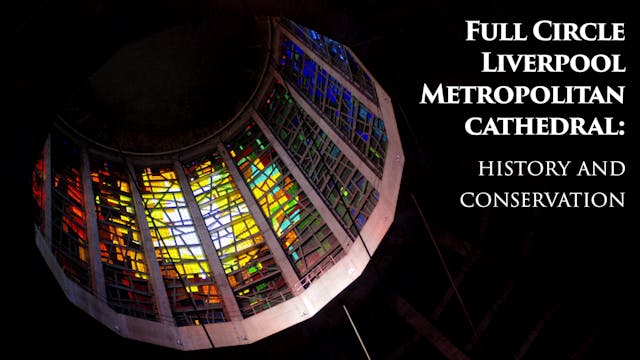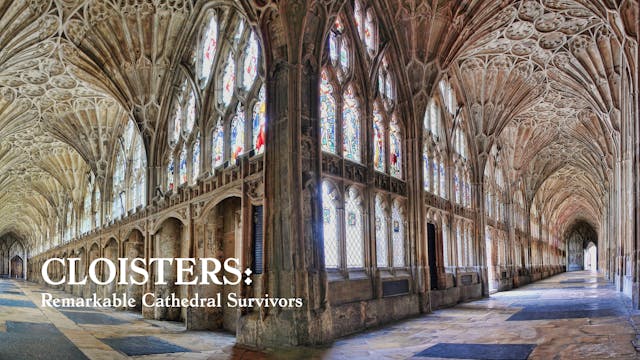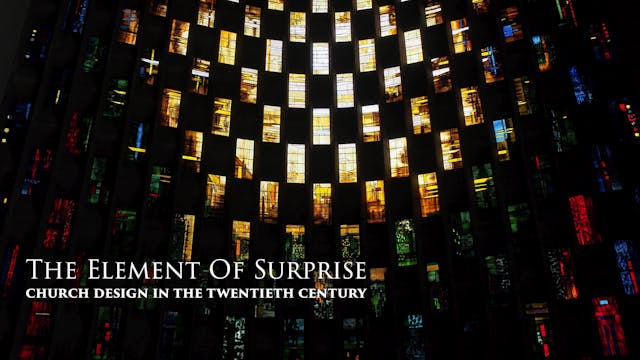An Elephant In Rome: Bernini, The Pope, And The Making Of The Eternal City
Our Free Lectures
•
1h 8m
In 1655 a new Pope, Alexander VII, fired with religious zeal, political guile and a mani for building, determined to restore the prestige of his Church by making Rome the must-visit destination for Europe’s elite. To help him do so, he enlisted the talents of Gian Lorenzo Bernini, already celebrated as the most important artist of the age.
Together, Alexander VII and Bernini made one of the greatest artistic double acts in history, inventing the concept of soft power and the bucket list destination. Bernini and Alexander’s creation of Baroque Rome, a city grander and more beautiful than since the days of Augustus Caesar, continues to delight and attract.
Loyd Grossman was born in Boston and educated at Boston University, the London School of Economics and Magdalene College Cambridge. Well known as a broadcaster and entrepreneur, he has also worked in the culture and heritage fields for three decades. He has served as a Commissioner of English Heritage and of The Royal Commission on the Historical Monuments of England, Chairman of National Museums Liverpool, Chairman of the Heritage Alliance and Chairman of the Churches Conservation Trust. He is currently Chairman of The Royal Parks, Chairman of Gresham College and President of the Arts Society. He is a Fellow of the Society of Antiquaries and of the Royal Historical Society. He was appointed CBE for services to heritage. Loyd also plays guitar and has made eight appearances at Glastonbury.
Buy the book through our online store
Up Next in Our Free Lectures
-
Full Circle - Liverpool Metropolitan ...
This lecture will look at the history and recent conservation work on one of the countries most well-known and divisive Post-War buildings. It’s distinctive shape and vast, circular nave makes it unique in European architecture, but it has had significant and long-standing issues, some of which P...
-
Cloisters: Remarkable Cathedral Survi...
Medieval cloisters, originally spaces linking monastic buildings, are miraculous survivors of Henry VIII’s Dissolution of the Monasteries. English cathedral communities recognised the practicalities of cloisters and experimented with cutting-edge architecture to build, improve and embellish them....
-
The Element Of Surprise: Church Desig...
Many of you will be aware that Victorian elements are present in almost every church in Britain, but did you realise that this applies to the twentieth century too? Did you know that as many new churches were built in the 1960s as in the 1860s at the height of the Gothic revival? In this lecture ...



